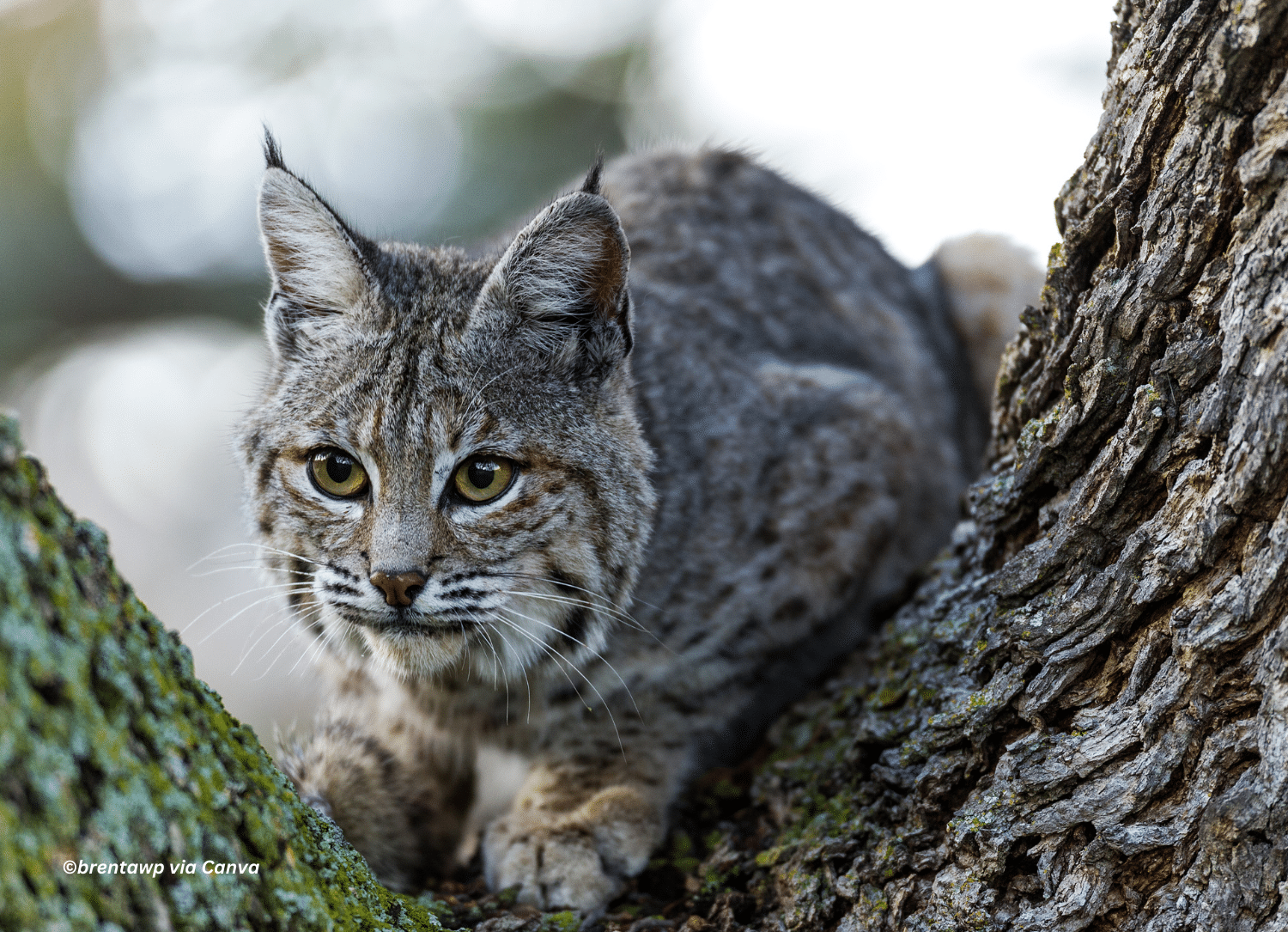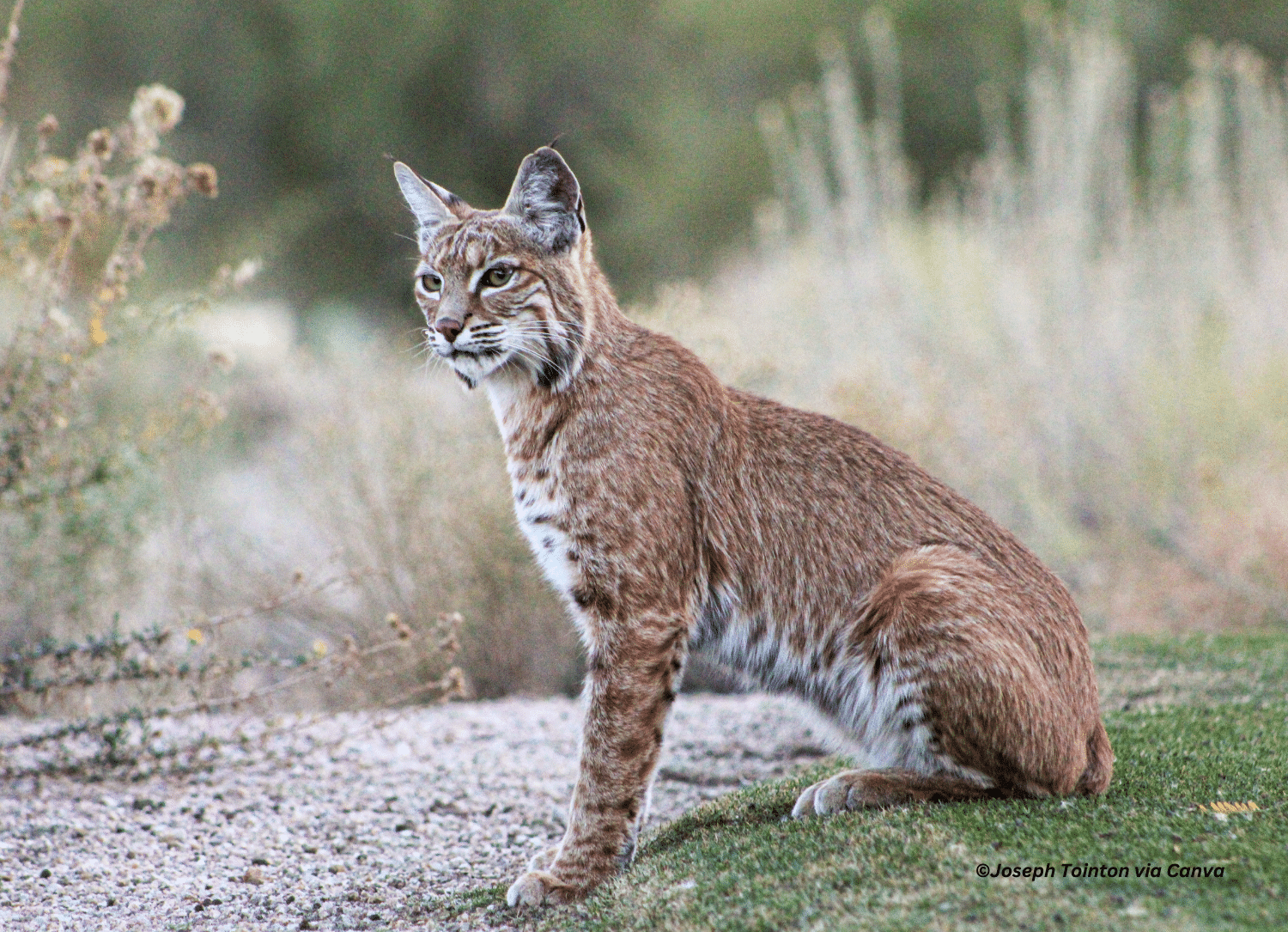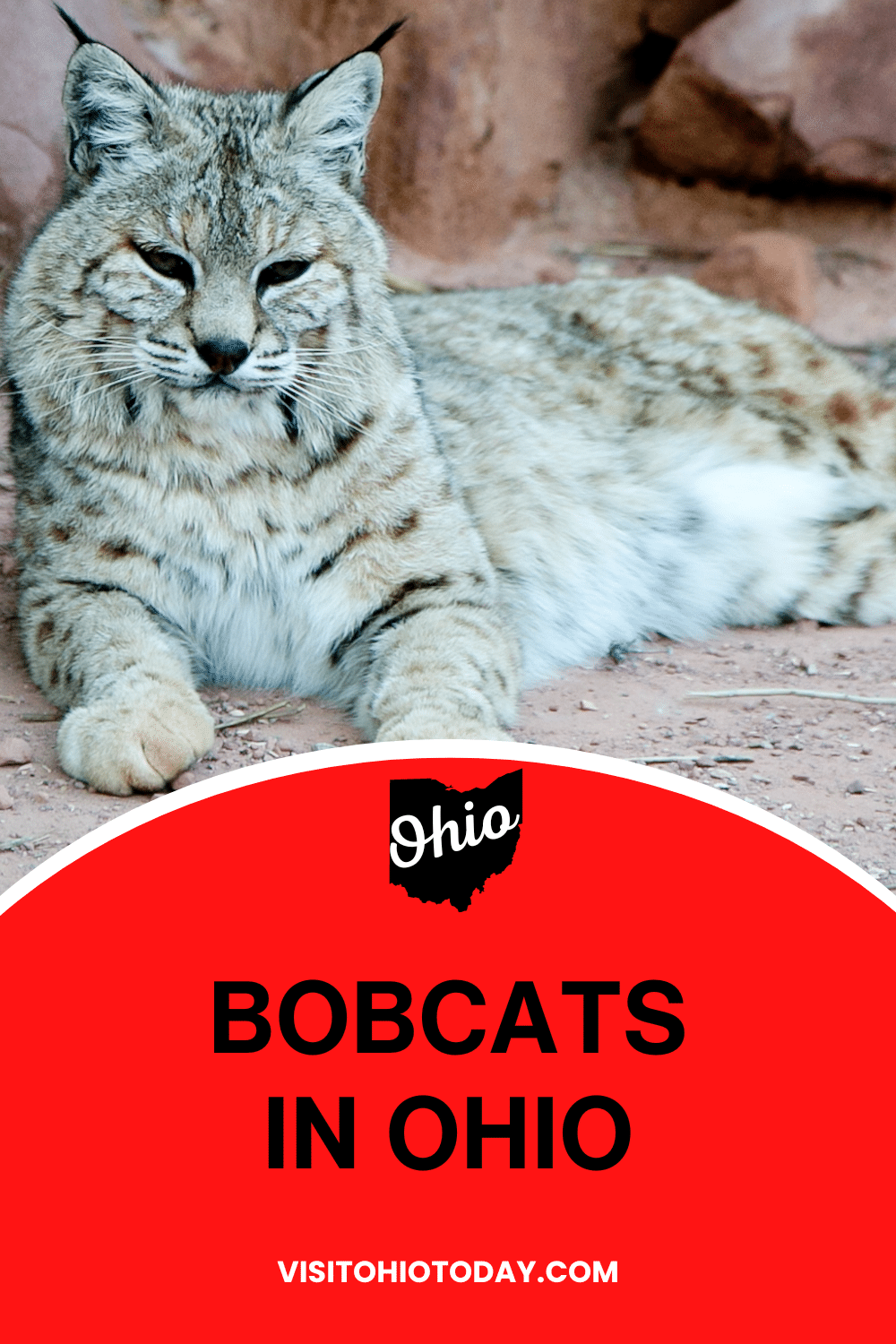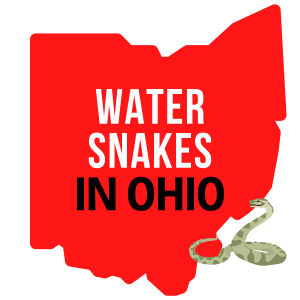Bobcats in Ohio
This post contains links to affiliate websites, such as Amazon, and we receive an affiliate commission for any purchases made by you using these links.
The Bobcat (Lynx rufus) is native to North America, although it ranges from southern Canada through most US states and into Mexico. Bobcats in Ohio were once non-existent but now have healthy, rising numbers.

About Bobcats in Ohio
This species is now a native of Ohio and it is one of 7 wild cat species that can be found throughout the continent of North America. Bobcats were found throughout the state of Ohio until settlers arrived and their numbers plummeted to zero.
Thankfully, the population of bobcats started to rise after World War II although they were still quite elusive at that time. It is only since 2002 that their numbers have risen and they are now seen more regularly. The bobcat is seen more in the Southern and Eastern areas of Ohio. However, they are now creeping into other parts of the state thanks to them being monitored.
Cindy’s Insider Ohio Tips
Bobcats prefer to keep away from humans, and they are happy to hunt at night, so the chances of spotting them are quite slim. However, if you do come across a Bobcat, give it a lot of space. They may look cute and cuddly, but they really aren’t – they are wild cats!
Physical Appearance
Bobcats are around double the size of an average-sized domestic cat. Bobcat males tend to be larger than females and they can weigh 40 lbs. Bobcats have thick fur that is quite dense and incredibly soft. The colors of each bobcat differ in much the same way as domesticated cats.
Some bobcats will be a gray color, whereas some are quite brown and reddish, and some have spots on them. The fur on most bobcats tends to be quite dark down their spine and they are also normally white on their belly, however, some individuals can be quite different from that. Bobcats do have a bobbed tail, so they tend to be quite short, whereas most species of domesticated cats have a medium-long tail.
Bobcats are one of four lynx species, the others are the Canadian lynx, the Iberian lynx, and the Eurasian lynx. Each lynx species has facial ruffs and ear tufts, and shorter tails than other cats. The other lynx species live in cold regions, but the bobcat prefers warmer climates.

Hunting and Habitat
Bobcats hunt in the same fashion as domesticated cats, they wait for their prey and when they think they have a chance, they will pounce. Bobcats eat all sorts of food like small mammals, rabbits, and any fresh deer carcasses. They will also eat bugs, birds, fish, and reptiles. Their main prey is the cottontail rabbit.
Bobcats will adapt to the environment that they find themselves in. A bobcat needs cover for hunting, and for sleeping. If it has those two things, then it is more than happy. It is quite common to find them in a range of different environments. Some examples of this are deserts, swamps, prairies, fields, and forests. Bobcats will make use of some areas that have been used by humans, but they are quite shy creatures, so when there is a lot of human activity, they will normally stay away.
Bobcats are solitary and territorial animals and will only meet up with other bobcats for breeding. Adults have a large range and it is quite normal for their territories to overlap. Some bobcats can have a range of an impressive 100km, but this is on the extreme side. For a regular individual, their range will be more likely to be 20km.
Reproduction
Whilst bobcats have been known to reproduce at any time of the year, the normal breeding season is the winter and spring months. Female bobcats are pregnant with their kittens for around 9 weeks. When a bobcat knows that she is pregnant, she will start looking for a safe place to have her kittens and raise them whilst they are nursing.
A kitten’s eyes will open after 10 days, and they are fully weaned after around 8 weeks.
After weaning, the juvenile bobcats will venture out and learn to live independently. When a female bobcat has a litter, it could be anything from 1 kitten to 7 kittens. The average size of a litter is 2-3 kittens.

Ohio Bobcat Management Plan
The number of bobcats in Ohio has risen quite a lot since the turn of the Century. They are now returning to places where they have not been seen previously. Research has been conducted over the past few years at Ohio University to learn more about bobcats and how they live.
Their research indicated that if harvests are more limited in the other areas of Ohio this will encourage more bobcats to move and reproduce. The Ohio Department of Natural Resources has published a very long read about the Ohio Bobcat Management Plan.
Bobcats are protected in Ohio and it is illegal for them to be harmed or trapped in any way. As their numbers have risen a fair bit over recent years, they were taken off the endangered or threatened species list in 2014.
Have You Seen Any Bobcats in Ohio?
If you have seen a bobcat, please leave a comment below and tell us about your experiences.
There are plenty of animals to be found in Ohio!
Do you like Turtles, Salamanders, Ticks or Caterpillars? You can find tips about them here, and maybe find where you can spot them!
Also, be sure to check out our posts all about Bats in Ohio, Frogs In Ohio, Salamanders In Ohio and Coyotes in Ohio.
Hello! We have done our very best to ensure that the accuracy of events, hours, addresses, etc, are up to date. Please know that information can change due to weather, updated health and safety challenges, etc. If you find incorrect information, please send us an email at [email protected], and we can get it updated.
To be updated and stay connected, subscribe to our newsletter.









